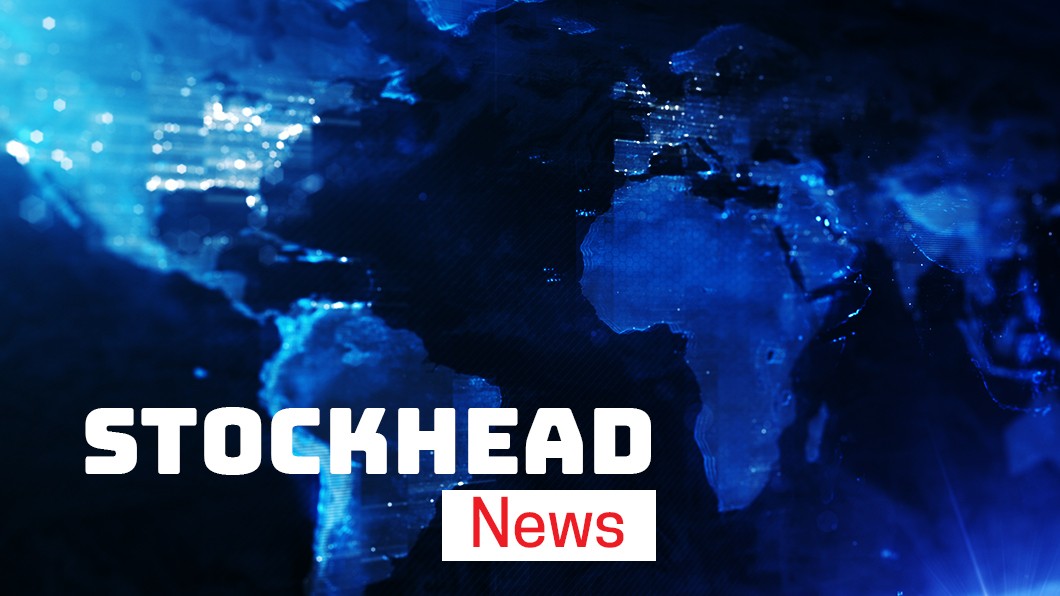Think Big: Does the bond market’s Fed reaction indicate ‘inflation fears are subsiding’?

Pic: DKosig / iStock / Getty Images Plus via Getty Images
The response from bond markets to the highly anticipated Fed meeting this week is a possible indicator that inflation fears are subsiding, CBA says.
As has been well-documented, the US Fed confirmed plans to commence the taper of its bond-purchasing program.
Nine of the Fed’s 18 committee members also now expect rates to rise as early as 2022 (up from seven in June).
While the Fed didn’t spring any communication surprises, CBA strategists Martin Whetton and Philip Brown said overall the update was “more hawkish than markets had anticipated”.
With a more hawkish lean, bond yields may be expected to rise as markets reassess the rates outlook.
But in response, benchmark 10-year yields ended up falling to below what they were before the announcement as buyers stepped in.
US 10-year yields rose on Thursday, but at around 1.4% they’re still trading below 2021 highs above 1.7%.
In their assessment of the price action, Whetton and Brown said the price action reflects a “counterintuitive” aspect of the rates cycle as policy starts to tighten.
‘Inflection point’
Comparing the current scenario to previous rate hike cycles, the pair noted that US 10-year yields are often highest at the start of the cycle.
Intuitively, it would make sense for yields to climb as rates start to rise.
But a key feature of previous rate-hike cycles is that the outlook for growth usually looks the most “rosy” at the start of the rate hike cycle.
In other words, policy normalisation is partly a by-product of economic strength. In such an environment, bond markets form the view that bond yields will be higher 10 years into the future.
However, that’s before the “messy reality of rising rates starts to bite,” CBA says.
Going back to the start of the ’90s, there have been 10 “peaks” for 10-year bond yields.
And each hiking cycle usually takes place from a starting point of increased debt levels, compared to the previous cycle.
What that tends to mean is that “each rate hike does more work to slow the economy than anticipated”, Whetton and Brown said.
And in the post-COVID era — defined by huge fiscal spending outlays at 0% interest rates — markets may have reached an “inflection point”.
The move in yields suggests the bond market is already assuming the FOMC “will raise rates early enough, and fast enough, to prevent any breakout of inflation”, the pair said.
That differs from the rising yield environment at the start of this year, when vaccine rollouts sparked talk of a reflation trade as economic activity returned to normal.
Back then, the market’s view was that the Fed may not respond fast enough to stop rising inflation, CBA said.
But through the course of this year, the central bank has carefully communicated plans for a steady unwind of ultra-easy monetary policy.
“It looks slightly counterintuitive, but the faster the FOMC raises rates, the lower the overall inflation outlook, and the lower the 10-year nominal yield needs to be,” Whetton and Brown said.
The alt-view of the market’s reaction is that it views the Fed will raise rates too fast and “crush” both growth and economic activity, they said.
But we’re probably not at that point just yet.
For evidence, Whetton and Brown looked at the moves in 10-year TIPS.
TIPS are treasuries indexed for inflation, which reflect ‘real’ yields — the nominal bond yield, less estimated inflation.
Even though nominal bond yields edged lower following the Fed’s update, real yields (10-year TIPS) edged higher.
That suggests inflation fears are “subsiding”, the pair said, based on “both on the inflation data and the assumed FOMC reaction to that data”.
UNLOCK INSIGHTS
Discover the untold stories of emerging ASX stocks.
Daily news and expert analysis, it's free to subscribe.
By proceeding, you confirm you understand that we handle personal information in accordance with our Privacy Policy.








